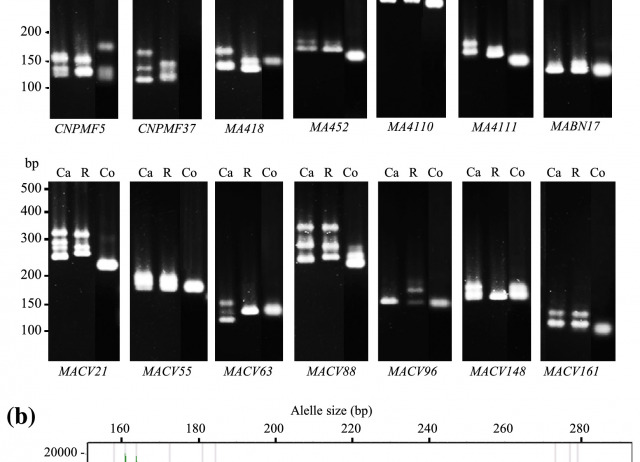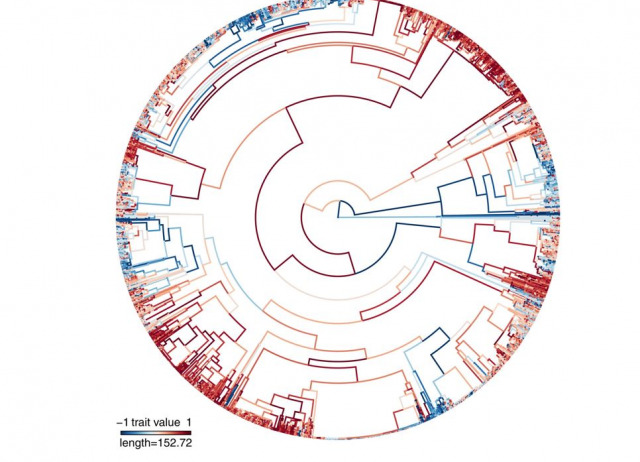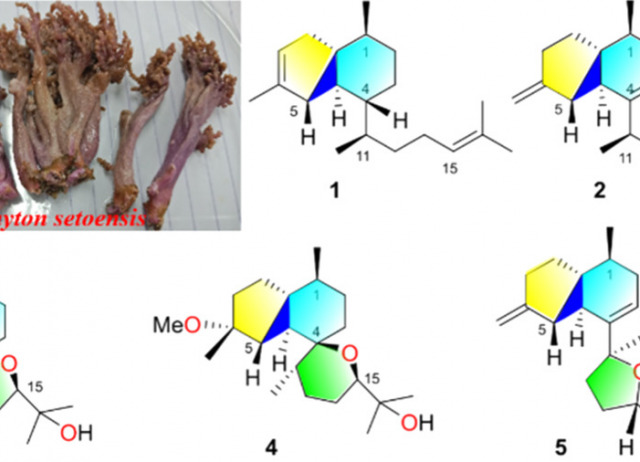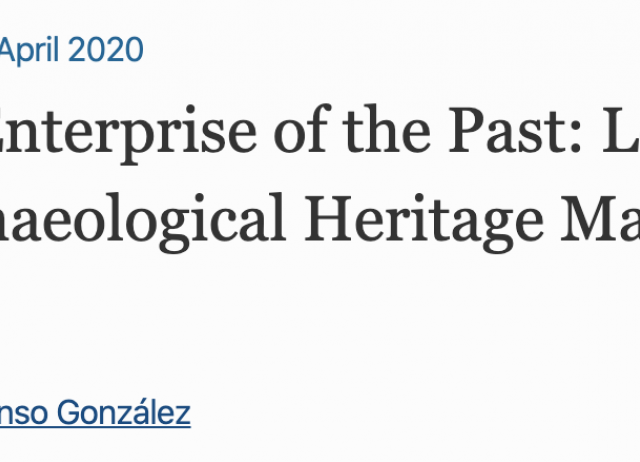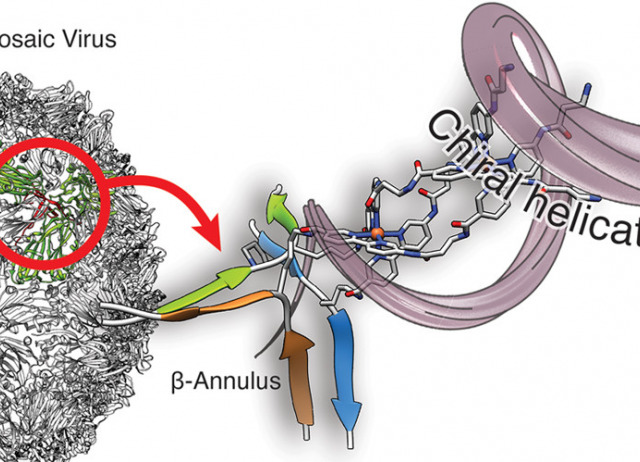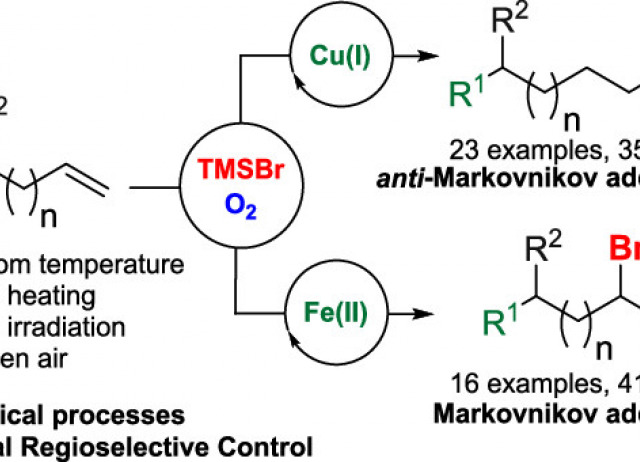Barbary ground squirrels do not have a sentinel system but instead synchronize vigilance
Coordinated behaviors, such as hunting in lions and coordinated vigilance as antipredator behavior, are examples of benefits of group-living. Instead of asynchronous vigilance, some social species synchronize their vigilance bouts or take turns acting as sentinels. To increase our knowledge on the evolution of vigilance behavior, we studied whether vigilance is coordinated in Barbary ground squirrels, Atlantoxerus getulus. We show that vigilance was synchronized instead of taking turns. Multiple non-mutually exclusive hypotheses could explain synchronization: Barbary ground squirrels may perch because (1) neighbors are perched (copying effect), (2) perch synchrony may be an emergent property of the ecology as all squirrels may be satiated at the same time (collective behavior), or (3) the benefits are large in terms of evading ambush predators and scanning effectiveness (watch each other’s back). Particularly, in habitats where the field of view is obstructed by man-made structures and multiple individuals may be necessary to watch for terrestrial predators, synchronized vigilance may have greater fitness benefits than sentinel behavior. We conclude that it is essential to test assumptions of coordination and, thus, to analyze coordination to describe sentinel systems.
van der Marel, Annemarie; Waterman, Jane M.; López-Darias, Marta
Why consumers drink natural wine? Consumer perception and information about natural wine
Similar to other foods, the concept of natural wine is much debated due to the lack of a clear and regulated definition, leading to a proliferation of heterogeneous norms and standards proposed from different natural wine associations at national levels. The current study explored the aspects which mediate individuals’ information and perception of natural wine, and the rationale behind natural wine consumption behavior among Italian (n = 501) and Spanish (n = 527) regular wine consumers. The results reveal a quite low self-reported degree of perceived information by Italian respondents and slightly higher levels among Spanish ones. The key drivers of natural wine consumption in both countries are wine consumption frequency, information, and natural product interest. In contrast, higher wine involvement levels decrease natural wine consumption frequency in both Italy and Spain. The findings also show that different perceptions lead to diverse motivations, suggesting the need for more homogeneous standards to mitigate the level of information asymmetry currently on the market.
Vecchio, Riccardo; Parga-Dans, Eva; Alonso-González, Pablo; Annunziata, Azzurra
Comparative assessment of microsatellite and retrotransposon-based markers for genetic characterization of commercial banana cultivars (Musa spp.)
Banana cultivars of agronomic interest have been genetically characterized using two different molecular markers. On the one hand, a panel of 14 trinucleotide single sequence repeats (SSRs or microsatellites) was optimized for homogeneous PCR conditions. It was tested with 50 individuals from seven cultivars, yielding 76 alleles and 5.4 ± 1.8 alleles per locus, while the presence of cultivar-exclusive alleles allowed the discrimination of all cultivars. On the other hand, a retrotransposon-based marker system named inter-primer binding site (iPBS) was implemented for the first time in the Musa genus. A total of 120 bands were detected in eight different Musa cultivars, from which 65.8% were polymorphic and 23.3% were cultivar exclusive. Both techniques allowed a cut-off identification of all cultivars studied, but overall, iPBS analysis was a more straightforward and economical choice. Despite the fact that we were unable to distinguish local banana varieties belonging to the same cultivar, new cultivar-specific molecular markers have been developed for the Musa genus, which could be used to guide new breeding programmes and maintain high quality of Plátano de Canarias.
González Carracedo, Mario; Tejera-Pérez, Hugo; Hernández Ferrer, Mariano; Jiménez Arias, David; Pérez Pérez, José Antonio
Macroclimatic structuring of spatial phylogenetic turnover in liverworts
Phylogenetic turnover has emerged as a powerful tool to identify the mechanisms by which biological communities assemble. When significantly structured along environmental gradients, phylogenetic turnover evidences phylogenetic niche conservatism, a critical principle explaining patterns of species distributions at different spatio–temporal scales. Here, we quantify the contribution of geographic and macroclimatic drivers to explain patterns of phylogenetic turnover in an entire phylum of land plants, namely liverworts. We further determine whether climatic niche conservatism has constrained the distribution of liverworts in the course of their evolutionary history. Two datasets, one insular, focused on 60 archipelagos and including 2346 species, and the second global, including 6334 species in 451 oceanic and continental operational geographic units (OGUs) worldwide, were assembled. Phylogenetic turnover among OGUs was quantified through πst statistics. πst-through-time profiles were generated at 1 Myr intervals along the phylogenetic time-scale and used to compute the correlation between πst, current geographic distance and macroclimatic variation with Mantel tests based on Moran spectral randomization to control for spatial autocorrelation. The contribution of macroclimatic variation to phylogenetic turnover was about four-times higher than that of geographic distance, a pattern that was consistently observed in island and global geographic settings, and with datasets including or excluding species-poor OGUs. The correlation between phylogenetic turnover and geographic distance rapidly decayed at increasing phylogenetic depth, whereas the relationship with macroclimatic variation remained constant until 100 Mya. Our analyses reveal that changes in the phylogenetic composition among liverwort floras across the globe are primarily shaped by macroclimatic variation. They demonstrate the relevance of macroclimatic niche conservatism for the assembly of liverwort floras over very large spatial and evolutionary time scales, which may explain why such a pervasive biodiversity pattern as the increase of species richness towards the tropics also applies to organisms with high dispersal capacities.
Collart, Flavien; Wang, Jian ;Patiño, Jairo; Hagborg, Anders; Söderström, Lars; Goffinet, Bernard; Magain, Nicolas; Hardy, Olivier J.; Vanderpoorten, Alain
Litosetoenins A–E, Diterpenoids from the Soft Coral Litophyton setoensis, Backbone-Rearranged through Divergent Cyclization Achieved by Epoxide Reactivity Inversion
| Litosetoenins A–E (1–5), five new ring-rearranged serrulatane-type diterpenoids with a common tricyclo[3.0.4]decane core, along with a known diterpenoid glycoside (6), a related known diterpenoid (7), and four known sesquiterpenoids (8–11), were isolated from a Balinese soft coral Litophyton setoensis. Spirolitosetoenin A (5a) and isospirolitosetoenin A (5b), featuring an unprecedented spiro[4,5]decane core, were obtained after treatment of compound 5 with HCl in methanol. The structures of new compounds were elucidated by extensive spectroscopic analysis, quantum mechanical nuclear magnetic resonance approach, and chemical methods. A plausible biosynthetic pathway involving an unusual divergent biogenesis was proposed. |
Li, Song-Wei; Mudianta, I. Wayan; Cuadrado, Cristina; Geng, Li; Yudasmara, Gede A.; Setiabudi, Gede I. ;Hernández Daranas, Antonio; Guo, Yue-Wei
The Unethical Enterprise of the Past: Lessons from the Collapse of Archaeological Heritage Management in Spain
This paper explores the underlying factors behind the collapse of commercial archaeology in Spain, with implications for other international contexts. It contributes to the current global debate about heritage ethics, adding nuance and conceptual depth to critical management studies and cultural heritage management in their approach to business ethics. Similar to other European contexts, Spanish archaeological management thrived during the 1990s and 2000s as a business model based on policies directed at safeguarding cultural heritage. The model had controversial ethical implications at academic, policy and business levels. However, the global financial crisis of 2008 had a huge impact on this sector, and more than 70% of the Spanish archaeological companies closed by 2017. Drawing on the concepts of abstract narratives, functional stupidity and corporatist neoliberalism, this paper illustrates the need to examine ethical issues from a pragmatic standpoint, beyond epistemological and moralistic critiques of profit-oriented businesses in the cultural realm. In doing so, it connects the fields of cultural heritage and management studies, opening up hitherto unexplored strands of research and debate.
Parga Dans, Eva; Alonso González, Pablo
Coming of age for COI metabarcoding of whole organism community DNA: towards bioinformatic harmonisation
Metabarcoding of DNA extracted from community samples of whole organisms (whole organism community DNA, wocDNA) is increasingly being applied to terrestrial, marine and freshwater metazoan communities to provide rapid, accurate and high resolution data for novel molecular ecology research. The growth of this field has been accompanied by considerable development that builds on microbial metabarcoding methods to develop appropriate and efficient sampling and laboratory protocols for whole organism metazoan communities. However, considerably less attention has focused on ensuring bioinformatic methods are adapted and applied comprehensively in wocDNA metabarcoding. In this study we examined over 600 papers and identified 111 studies that performed COI metabarcoding of wocDNA. We then systematically reviewed the bioinformatic methods employed by these papers to identify the state-of-the-art. Our results show that the increasing use of wocDNA COI metabarcoding for metazoan diversity is characterised by a clear absence of bioinformatic harmonisation, and the temporal trends show little change in this situation. The reviewed literature showed (i) high heterogeneity across pipelines, tasks and tools used, (ii) limited or no adaptation of bioinformatic procedures to the nature of the COI fragment, and (iii) a worrying underreporting of tasks, software and parameters. Based upon these findings we propose a set of recommendations that we think the wocDNA metabarcoding community should consider to ensure that bioinformatic methods are appropriate, comprehensive and comparable. We believe that adhering to these recommendations will improve the long-term integrative potential of wocDNA COI metabarcoding for biodiversity science.
Creedy, Thomas; Andújar, Carmelo; Noguerales, Víctor; Overcast, Isaac; Papadopoulou, Anna; Morlon, Hélène; Vogler, Alfried; Emerson, Brent C.; Arribas, Paula
Stereoselective Self-Assembly of DNA Binding Helicates Directed by the Viral β-Annulus Trimeric Peptide Motif
Combining coordination chemistry and peptide engineering offers extraordinary opportunities for developing novel molecular (supra)structures. Here, we demonstrate that the β-annulus motif is capable of directing the stereoselective assembly of designed peptides containing 2,2′-bipyridine ligands into parallel three-stranded chiral peptide helicates, and that these helicates selectively bind with high affinity to three-way DNA junctions.
Gómez-González, Jacobo; Bouzada, David; Pérez-Márquez, Lidia A.; Sciortino, Giuseppe; Maréchal, Jean-Didier; Vázquez López, Miguel; Vázquez, Eugenio
Iron(II) and Copper(I) Control the Total Regioselectivity in the Hydrobromination of Alkenes
A new method that allows the complete control of the regioselectivity of the hydrobromination reaction of alkenes is described. Herein, we report a radical procedure with TMSBr and oxygen as common reagents, where the formation of the anti-Markovnikov product occurs in the presence of parts per million amounts of the Cu(I) species and the formation of the Markovnikov product occurs in the presence of 30 mol % iron(II) bromide. Density functional theory calculations combined with Fukui’s radical susceptibilities support the obtained results.
Cruz, Daniel A.; Sinka, Victoria; de Armas, Pedro; Steingruber, Hugo Sebastián; Fernández, Israel; Martín, Víctor S.; Miranda, Pedro O.; Padrón, Juan I.
Bulk and compound-specific δ13C and n-alkane indices in a palustrine intermontane record for assessing environmental changes over the past 320 ka: the Padul Basin (Southwestern Mediterranean realm)
Here we provide valuable information about the palaeoenvironmental evolution of Southwestern Mediterranean region during the last ca. 320 ka through a biomarker-based study of the longest continuous continental Quaternary record in the Iberian Peninsula. The n-alkane content and δ13C values of these lipids were measured in 300 samples taken from the uppermost 55 m of the Padul Basin (PB) record. The δ13C signal of long-chain n-alkanes was a reliable proxy for C4/C3 terrestrial vegetation composition in the basin, as emergent macrophytes made a minor contribution to these homologues. In contrast, the δ13C values of C23 and C25 alkanes reflected mainly phases of increasing water level of the lacustrine/palustrine water body since aquatic macrophytes contain a large proportion of these compounds. Low δ13C values were attributed to a marked contribution of plants using the C3 photosynthetic pathway. Intervals with the lowest δ13C values were attributed to an important input of angiosperms, although they could also be explained by changing environmental conditions or environmental stress, as large shifts in δ13C occurred in long-chain homologues typically abundant in terrestrial plants. Shifts in δ13C of medium-chain homologues reflected limited CO2 availability induced by water temperature, salinity, pH, enhanced productivity, low atmospheric pCO2, or stagnant barriers, rather than the abundance of aquatic macrophytes. Our results also suggest enhanced isotopic fractionation during lipid synthesis by aquatic macrophytes within MIS 7 and the Holocene, leading to increased δ13C values of bulk OM and of long-chain n-alkanes. Hence, the δ13C logs were ideal for studying the contribution of aquatic macrophytes to the lipid and isotopic composition of sediments and for the reconstruction of palaeoenvironmental conditions. These results confirmed that C4 plants had a low presence in the PB. Comparison with biomarker analysis and pollen data of the PB and other records of the Southwestern Mediterranean revealed that δ13C values of bulk OM and of long-chain n-alkanes reflected global climatic oscillations during MIS 7 and the episodes Heinrich Events 3, 2, 1 and Younger Dryas.
Ortiz, José E.; Torres, Trinidad; Delgado Huertas, Antonio; Valle, Maruja; Soler, Vicente; Araujo, Rafael; Rivas, María R.; Julià, Ramón; Sánchez-Palencia, Yolanda; Vega-Panizo, Rogelio
